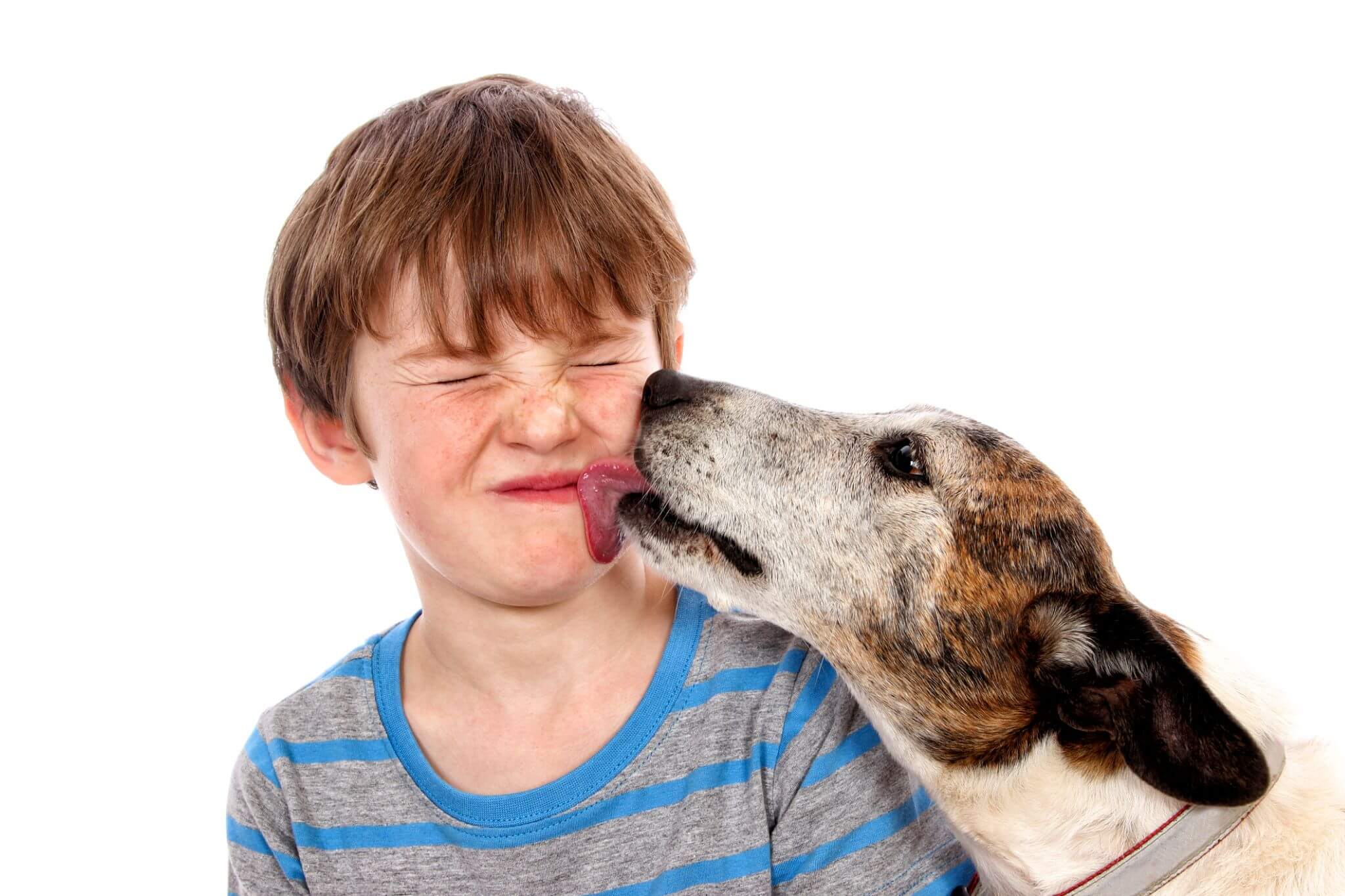Testing Dog Saliva for Zoonotic Bacteria from Raw Pet Food

Over the past decade, raw food diets for pets have grown increasingly popular. Proponents claim benefits like shinier coats and cleaner teeth. However, research shows raw pet foods carry demonstrated risks of nutritional disease and shedding of zoonotic pathogens. Testing dog saliva offers insight into bacterial populations and transmission risks from raw diets. Do safer alternatives exist?
Zoonotic bacteria and transmission risks
Zoonotic diseases spread from animals to humans and cause over 60% of known human infections. Bacteria like Salmonella and E. coli are common foodborne or fecal-oral zoonoses carried by livestock and pets. Animals can appear healthy but shed pathogens through activities like biting, licking, and contaminating environments. Practicing hygiene like handwashing helps prevent transmission to humans.
Perceived benefits driving raw pet food trend
Advocates claim raw food confers benefits by mimicking ancestral canine diets. Proponents cite shinier coats, cleaner teeth, smaller stools, and higher energy. However, these benefits lack scientific evidence and may simply reflect higher fat content. Meanwhile, studies reveal risks of nutritional imbalances and higher pathogen contamination versus processed commercial diets. Safer alternatives like cooked food and dental treats exist without such downsides.
Oral microbiota of dogs
Dog saliva contains over 600 bacterial species, similar in diversity to humans. Abundant genera are Actinomyces, Streptococcus and Granulicatella. High streptococci levels contrast human saliva. Granulicatella likely plays an early biofilm role. While biting and wound licking pose zoonotic risks, most oral bacteria are not transmitted. Overall, the canine oral microbiota differs fundamentally from humans.
Documented risks of raw diets
Compared to processed foods, multiple studies show raw diets have higher risks of major zoonotic pathogens like Salmonella, nutrient imbalances, and parasites. Contamination rates for Listeria, E. coli and other pathogens are also much higher in raw foods. Feeding raw diets increases shedding of drug-resistant bacteria in pets. No demonstrated health benefits outweigh these significant nutritional and infectious disease risks relative to commercial diets.
Risks from consuming raw pet foods
Humans can also get infected by directly handling or ingesting contaminated raw pet foods without proper hygiene. Recent Salmonella outbreaks linked infections to raw dog food and treats. Allowing pets in kitchens raises cross-contamination risks to human food. Most consumers are unaware of pet food recalls and zoonotic hazards. Following safe handling guidelines is essential when choosing high-risk diets.
Shedding of Salmonella and E. coli
Feeding raw meat increases Salmonella shedding in pets. Raw diets also raise E. coli risks. Direct contact, pet licking, and poor kitchen hygiene facilitate human infections. Lack of handwashing when handling pets and pet foods contributes to disease transmission. Keeping pets out of food preparation areas reduces spread. Informed owners can mitigate risks through proper handling.
Testing methods for saliva bacteria
Culture, biochemical tests, MALDI-TOF MS, and 16S rRNA sequencing comprehensively analyze dog oral bacteria. Selective media enhance pathogen isolation. Mass spectrometry provides species-level identification. Sequencing reveals complex microbiota interactions. A multi-pronged approach is optimal to survey zoonotic risks in raw food-fed dog saliva.
Therefore…
While raw pet diets are surging in popularity, substantial scientific evidence reveals increased risks of nutritional and infectious diseases relative to commercial diets. Testing saliva microbiota offers insights on bacterial populations and zoonotic transmission risks. Pet owners should consider safer alternatives that avoid the documented downsides of raw feeding.
Click to View → Mantacc Oral Swab
References
-
1. Review: the important bacterial zoonoses in “One Health” concept
-
2. Raw diets for dogs and cats: a review, with particular reference to microbiological hazards
-
3. Cultivable Oral Microbiota of Domestic Dogs
-
4. Risk of Foodborne Illness from Pet Food: Assessing Pet Owners' Knowledge, Behavior, and Risk Perception
-
5. Microbial Complexity of Oral Cavity of Healthy Dogs Identified by Mass Spectrometry and Next-Generation Sequencing








